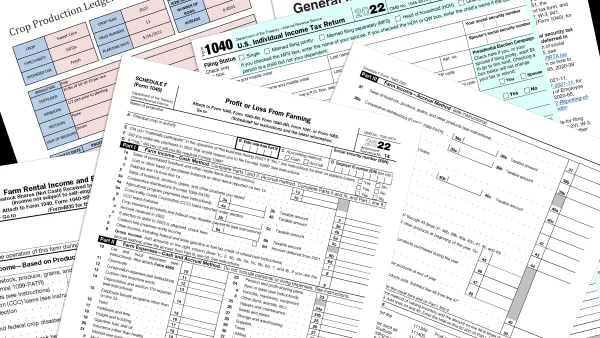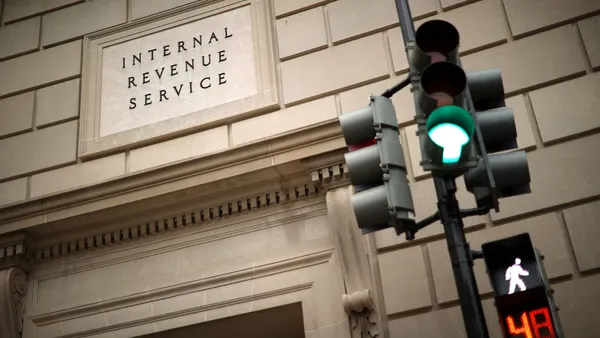Dive Brief:
- Companies facing a higher risk of litigation tend to be more open to their investors and the public about where their earnings are headed, research released by the American Accounting Association on Tuesday found.
- Companies aren't required to release earnings forecasts, but investors and the public tend to like them because they provide a window into how well the companies are doing. If companies are doing poorly, investors can make more informed financial decisions based on their appetite for risk and other factors.
- The research found that companies tend to release fewer earnings forecasts if they operate in areas where it's tougher for aggrieved investors to sue them.
Dive Insight:
To get this finding, the researchers looked at the U.S. Court of Appeals for the Ninth Circuit, which, in 1999, issued a ruling requiring investors, when they sue, to infer company executives were being reckless when they misstated or omitted material information.
The Ninth Circuit oversees California, Nevada and the other western states. In the first year after the ruling, investor lawsuits against companies in that circuit numbered half as many as in other circuits — and the number of earnings forecasts the companies issued were also less than in other circuits.
Prior to the ruling, companies in all circuits were equally likely to issue at least one earnings forecast a year; after the ruling, companies in the Ninth Circuit were 6% less likely to do so.
Three years after the ruling, companies in the circuit continued to release fewer earnings forecasts: 2.5 per year on average, compared with 3.5 by companies in other circuits.
"To the extent that openness between managers and shareholders is a plus, litigation risk can be a company plus as well, unsavory to many managers though it may be," said Joel Houston, Eugene F. Brigham Chair in Finance at the University of Florida and one of the authors of the research.
"Litigation Risk and Voluntary Disclosure: Evidence from Legal Changes" was conducted by Houston; Chen Lin of the University of Hong Kong; and Sibo Liu and Lai Wei of Lingnan University, also in Hong Kong. It was published in the September/October issue of The Accounting Review.












